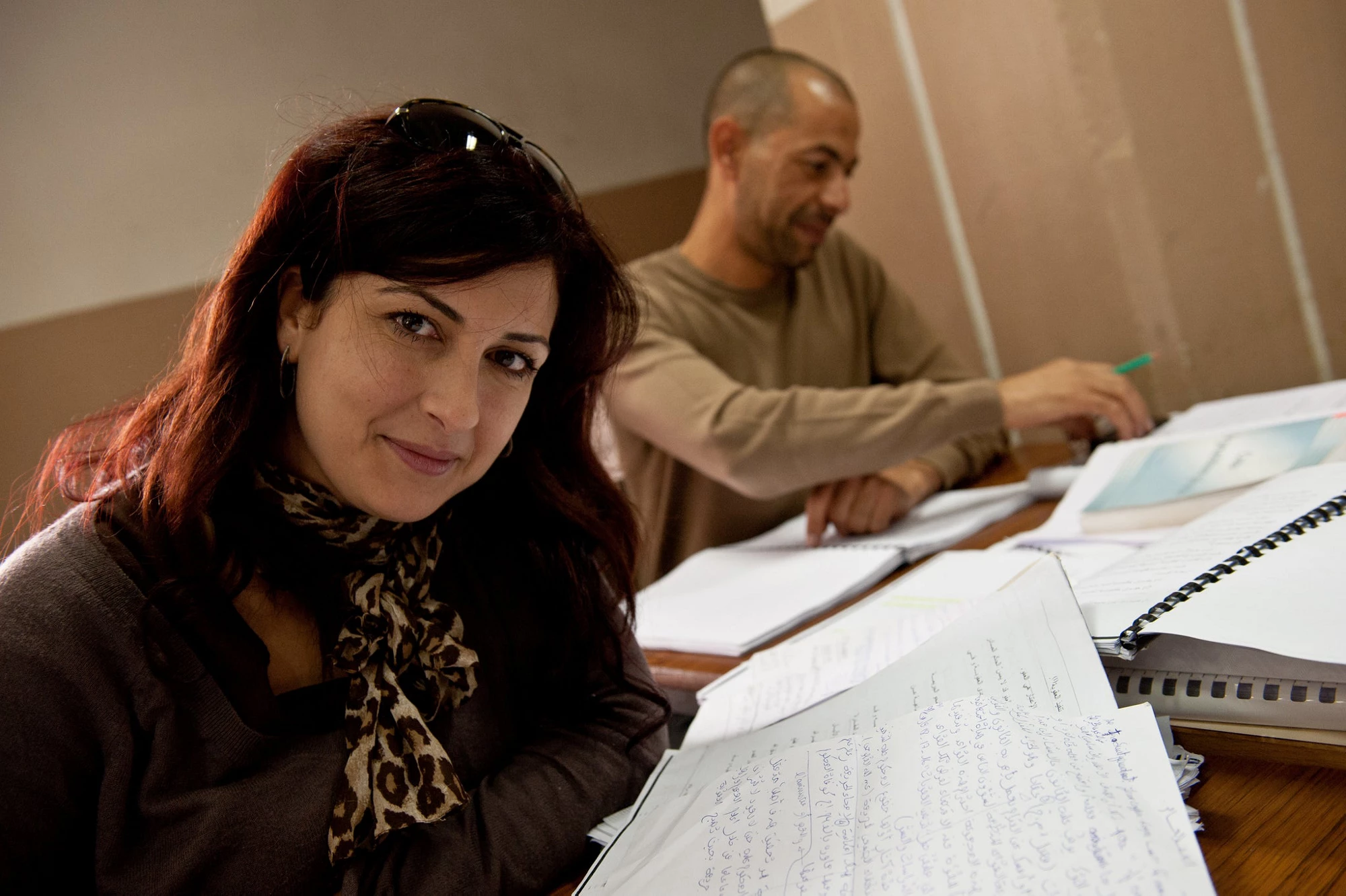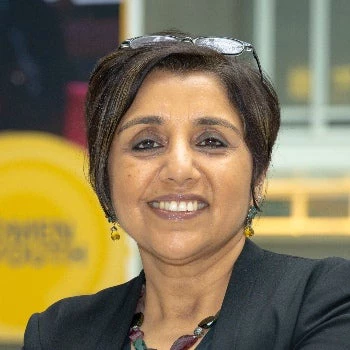
Innovations in youth employment programs are critical to addressing this enormous development challenge effectively. Rapid progress in digital technology, behavioral economics, evaluation methods, and the connectivity of youth in the developing world generates a stream of real-time insights and opportunities in project design and implementation. Part of the challenge is the sheer number of projects (just in Egypt, there are over 180 youth employment programs). And even without being aware, projects often innovate out of necessity in response to situations they face on the ground. But innovations need to be tested in different country contexts to be able to make an impact at scale.
Through the new Solutions for Youth Employment (S4YE) report, our team ventured to curate a few such ongoing innovations as they were being implemented through S4YE’s Impact Portfolio — a group of 19 youth employment projects from different regions being implemented by different partners across the globe. This network of youth employment practitioners serves as a dynamic learning community and laboratory for improving the jobs outcomes of youth globally.
There are several examples of interesting ongoing efforts from all over the world. In Lebanon, the National Volunteer Service Program uses volunteering to teach employability skills in a conflict-affected context involving refugees; in Tunisia Silatech and Microsoft created an online platform that incorporates real-person counterparts and the ILO is working with FORSATI to trigger youth motivation during job searches through developing personal action plans; in South Africa, Accenture’s Skills to Succeed program is using Raspberry Pi devices to open the cutting-edge online virtual skills training program in regions with poor internet connectivity. With innovations spanning from curriculum design to monitoring and evaluation (M&E) methods, here we share six areas that illustrate the spectrum covered:
Using the social enterprise model and creating social entrepreneurs
Educate!, based in Rwanda, helps young entrepreneurs generate socially responsible business ideas that factor in their community’s opportunities and needs. This has resulted in youth-led businesses becoming producers of briquets made from anthill soil, which reduces firewood consumption, and file folders made from braided banana fibers. Similarly, UPSHIFT in Kosovo (implemented by UNICEF) applies a curriculum that combines training in professional and transferable skills with instruction on how to identify community problems and create social enterprises to address them. In Cambodia Digital Divide Data (DDD), a skills training project, is using impact sourcing to accomplish long-term sustainability. It recruits clients from abroad and fills the contracts by hiring their graduates as part of their on-the-job training phase and then long-term employment opportunity. Using this model, DDD has begun to raise some equity to invest in sales, productivity improvements, and geographical expansion.
System-level public-private sector alliances
In El Salvador, RTI is implementing a project (supported by USAID) that adapted a model from U.S. community colleges to create Industry Advisory Boards for a systematic coordination between universities and industry associations on labor market trends, internships, and curricula. Similarly, in Panama IYF and the MIF are working on the NEO project which brings together industry associations and anchor companies to form sector skills councils as a formal coordination mechanism between the private sector and training institutions to close the skills gap in specific sectors.
Forward-looking models of sustainability
Generation in India and Harambee in South Africa are helping their program’s sustainability by recovering costs in the form of fees to employers. As part of this strategy, they show measures of returns of investments to employers that include reduced costs in staff recruiting and turnover, as well as profession-specific productivity and quality work outcomes of program graduates relative to non-graduates.
Countering social exclusion by shifting mindsets
In Bangladesh, Save the Children’s EYE project sets up mobile vocational training centers to train female beneficiaries in male-dominated areas. In combination with community mobilization, EYE went from having 2.5% to 50% of female students in the ready-made garment sector shortly thereafter. In Tanzania, IYF and Mastercard Foundation’s Via: Pathways to Work is training instructors of partner agencies on being gender sensitive and exposing young women to training tracks in male-dominated fields of employment. In Colombia, corporations have been hesitant to hire youth from regions of armed conflict due to security concerns. In response, Plan International and Accenture’s YBF project is shifting the mindsets of employers by deliberately building up a local reputation around the message that youth from local programs can be good employees and stand out compared to their peers in being punctual, in managing conflict, and having a positive attitude.
Focusing on job creation
Youth employment projects are beginning to focus on job creation by working with the demand side of the labor market. In Kenya, a World Bank program, KEYOP, is designing a business plan competition to elicit business ideas from young entrepreneurs or existing companies that have a high potential for job creation. The design was modeled on the recent YouWiN! national business competition in Nigeria, which had a positive impact on job creation outcomes. Also in Kenya, Kuza conducted market assessments to seek sectors and SMEs within them with the potential to create jobs suitable for youth. With SMEs selected, they proceeded to build their capacity with high-potential business models and promote equity investment to expand employment opportunities.
New ways of addressing access to finance for youth
Financial products are key to entrepreneurial success, and because self-employment makes up a significant portion of jobs in the developing world, innovations in this area can have large impacts. Habitat, YBI, and Accenture are working in with financial institutions in Turkey to create financial products for Syrian refugees such as small repeat loans with the use of collateral substitutes. Similarly, in Rwanda, STRYDE (Technoserve and Mastercard Foundation) is helping financial institutions customize products for youth that adjust seasonally. U-LEARN 2 (Swisscontact and Mastercard Foundation), in Uganda, facilitates linkages between agribusiness, hospitality and building and construction sectors and youth through win-win partnerships. It is based on Swisscontact’s Learning Group model, where youth can acquire together technical, soft and financial skills. In agribusiness, the project is then able to leverage the connection between youth and agroindustry firms to access finance through partner financial institutions.
This report is the beginning of an attempt by S4YE to facilitate the spread of innovation in youth employment. The IP projects have begun developing a vibrant community of practice for peer-to-peer learning. A series of technical workshops are being designed for IP project teams to share their latest innovations and discuss ground level solutions to support each other on the practical challenges faced by youth employment practitioners.
Follow World Bank Jobs Group on Twitter @wbg_jobs.



Join the Conversation